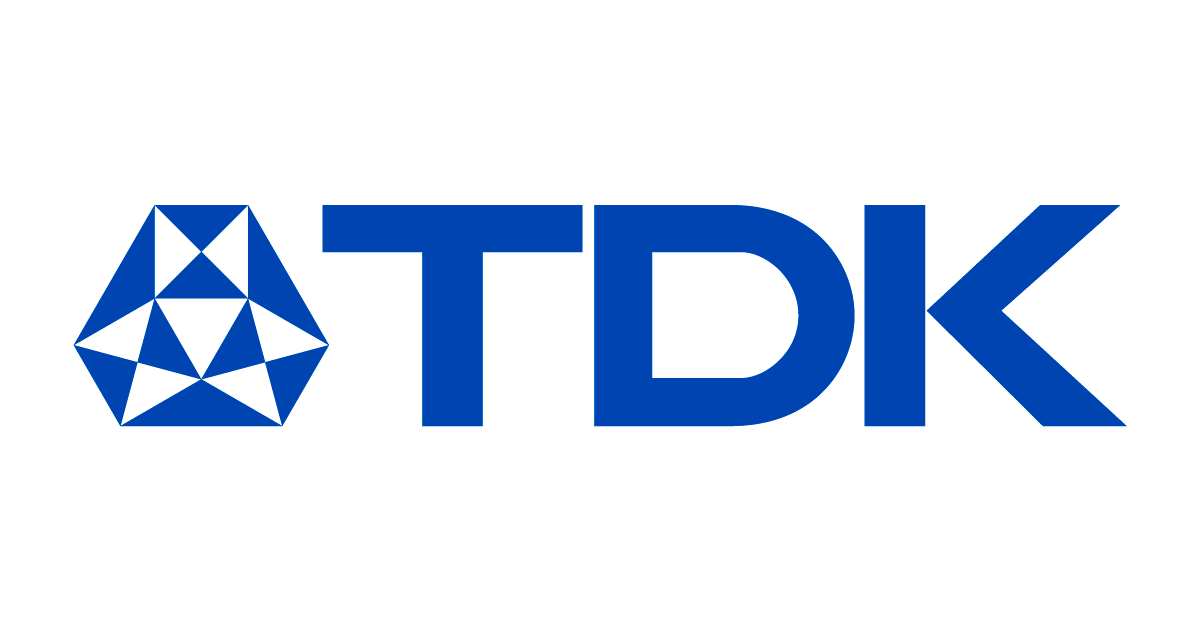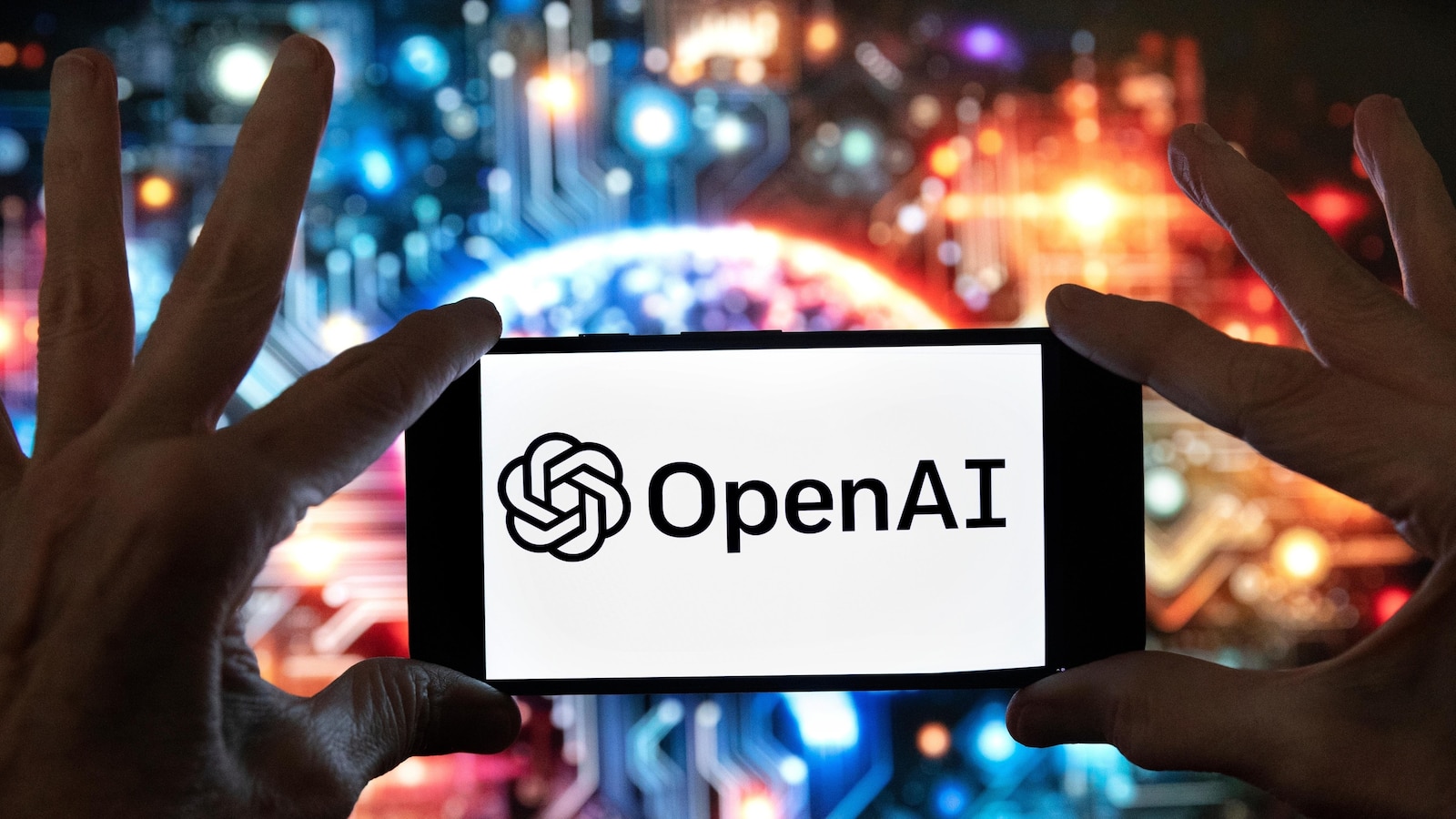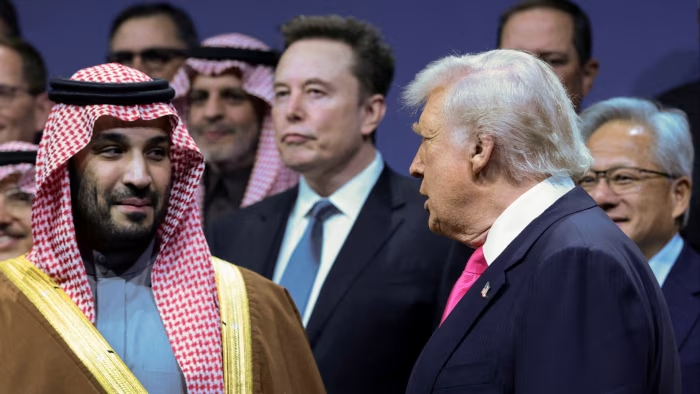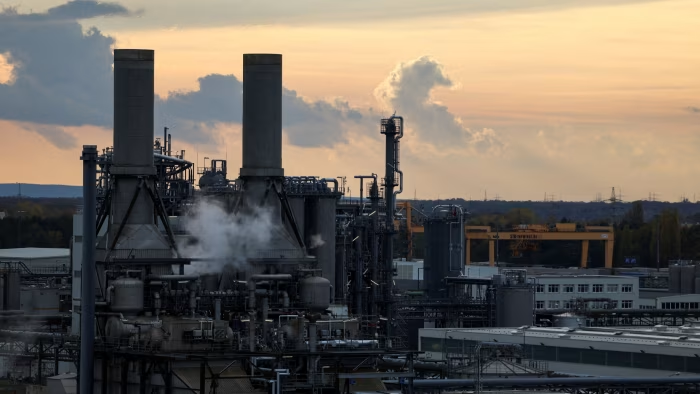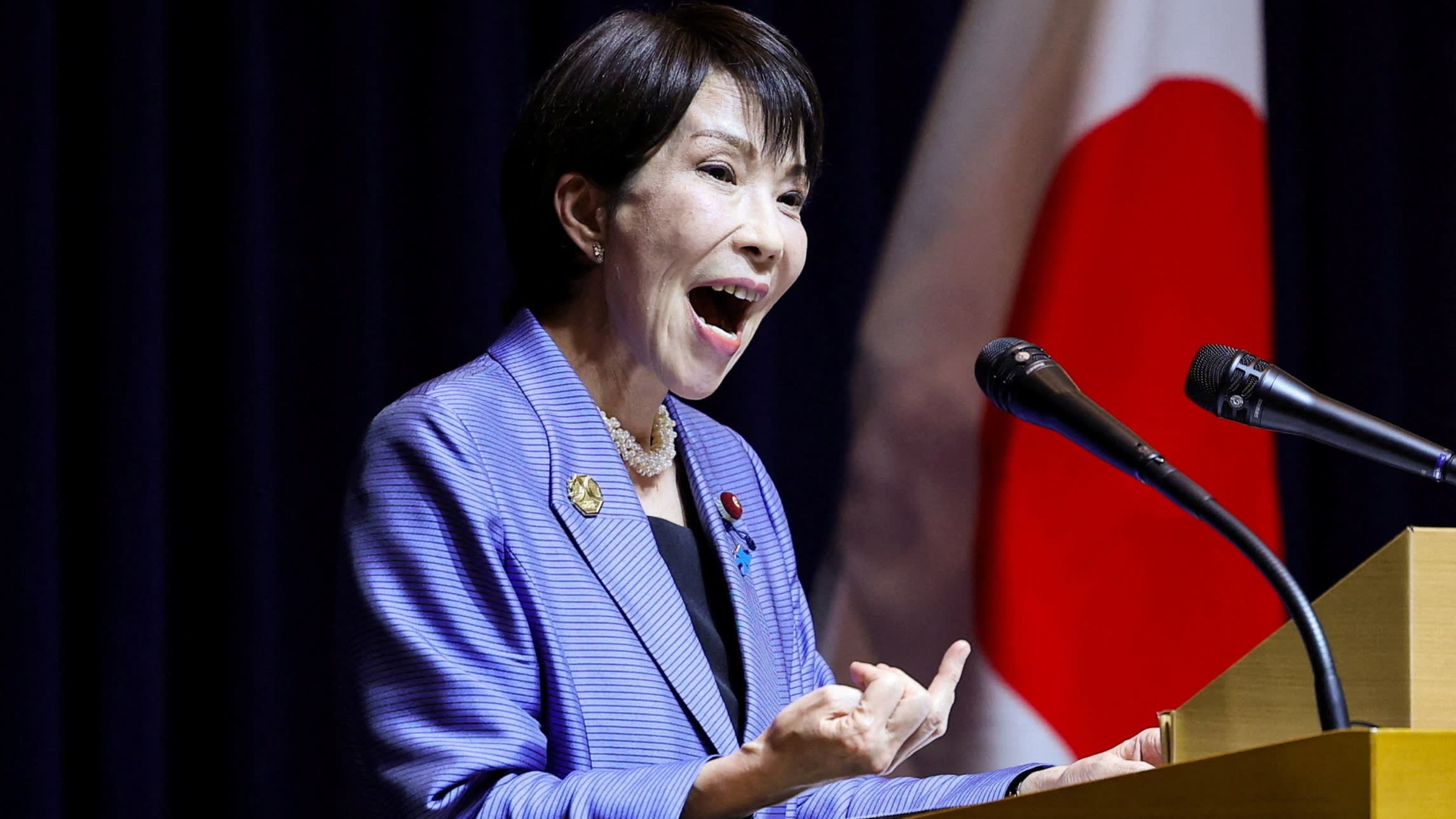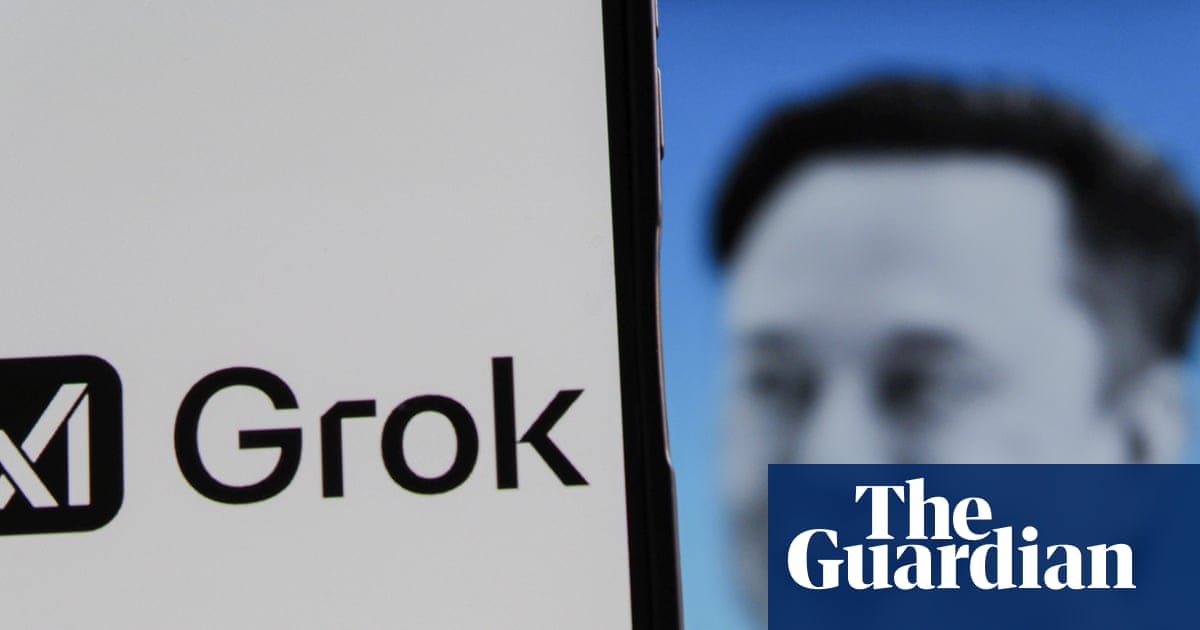This is an audio transcript of the FT News Briefing podcast episode: ‘The Big Tech stock rollercoaster’
Marc Filippino
Good morning from the Financial Times. Today is Friday, November 21st, and this is your FT News Briefing. The Nasdaq rollercoaster ride is giving everybody motion sickness. And the US is finally releasing economic data again, but it’s a bit hard to parse. Plus, a peace treaty from Russia and the US isn’t getting much traction in Ukraine. I’m Marc Filippino, and here’s the news you need to start your day.
[MUSIC PLAYING]
It seemed like for a little bit that Nvidia’s strong earnings had bailed out the tech stock sell-off. On Wednesday, the American chipmaker reported better than expected earnings. And yesterday morning, the tech-heavy Nasdaq surged nearly 2.5 per cent, but it all went downhill from there. The index end of the day, pretty much wiping out all its earlier gains, closing down more than 2 per cent.
[MUSIC PLAYING]
The S&P 500, which has been mostly propped up by tech stocks, fell a little bit more than 1.5 per cent here to make sense of all this as the FT’s markets columnist, Katie Martin. Hi, Katie.
Katie Martin
Hey. How you doing?
Marc Filippino
I’m doing well. Like I mentioned, risky assets like stocks and crypto have been dipping lately since about October, but before that, they were going gangbusters. Can you give us a little context on their performance and what drove that rally?
Katie Martin
Yeah, so we obviously had a big shock to markets and stocks. Fell really hard in April after Donald Trump unveiled these global trade tariffs. And then pretty much the moment that he said, OK, I’m gonna backtrack on some of the more extreme elements here, it’s just been one-way traffic, this huge recovery that’s taken place. And that’s built on a few things. It’s built on this idea that, you know, we’re all familiar with this Taco trade, right? Trump always chickens out. There’s this idea that he will always back away from the more extreme stuff. There’s the fact that earnings have actually been pretty good and the US economy has been much more resilient, the effect of tariffs and to policy uncertainty than people have been expecting. So has just been an incredibly impressive rise in US and global stocks ever since April, and that just kind of ran out of steam a bit in recent weeks.
Marc Filippino
Yeah, let’s talk about that specifically. As I mentioned, it started around early October and there were a few things that I think combined to get investors a little worked up.
Katie Martin
What happened? Well, so, OK. There’s an element of cherry-picking here, but you can see reasons for caution or for alarm in lots of different parts of markets. At the moment, you look over at the private credit market where there’ve been a few blow-ups recently, and that has got people worried about lending standards in private credit, about the prevalence of fraud there.
Marc Filippino
This is the First Brands thing, right?
Katie Martin
This is First Brands tricolour. It’s just a little cluster of these things and it makes people think, hmm, I remember 2007. Is this a repeat of that? And then you just look at the valuation of some of these AI tech stocks and some of the huge deals they’re doing with each other, and it all just adds up to this picture that, hang on, is this a bubble and is it gonna pop like now?
Marc Filippino
Now, like I had mentioned Nvidia for a moment anyway, swooped in and kind of eased those concerns with its earnings report on Wednesday. What was it exactly in that report that got everyone, even if briefly, in such a good mood?
Katie Martin
It’s not just any old chipmaker, right? This is like the biggest company on the planet. It absolutely dominates the performance of all the big stocks, indices in the states and globally, and it’s just this prime example of a company that’s right in the centre of the AI trade. You know, the thinking for a lot of investors is, well, if Nvidia is OK, then that means the AI trade is OK. And Nvidia is super, OK. So it reported a 62 per cent rise in its revenues in the three months that ended in October, which was much more than investors have been anticipating, and its revenue forecasts are still like much higher than people have been thinking. And so it’s pretty clear that this company is still selling.
A lot of chips and its chief executive Jensen Huang said there’s been a lot of talk about an AI bubble. From our vantage point, we see something very different. One thing that’s really important here to remember is that even if you accept that it’s a bubble and there are some excesses going on here, there’s no reason to think it has to pop today or tomorrow or next week. But the fact is they are still scooping up the money, cranking out the chips. Everybody’s happy. So this has certainly lightened the mood and helped some of these things to keep running towards the end of the year, but no one’s sounding the all-clear just yet.
Marc Filippino
That’s the FT’s Katie Martin in London. Thanks as always, Katie.
Katie Martin
Pleasure.
[MUSIC PLAYING]
Marc Filippino
We’re getting more clues about the health of the US economy after a more than month-long delay due to the government shutdown. The labour department released the September jobs report yesterday. It showed 119,000 jobs were added to the economy, a way higher number than expected, but the unemployment rate also reached its highest level in four years. And figures for the previous two months were revised lower by a combined 33,000 jobs. Analysts say the data will complicate the Federal Reserve’s interest rate decision next month. That’s because the jobs report gives a little something to the hawks and a little something to the doves, and the Fed is already split on whether to cut rates.
[MUSIC PLAYING]
The war in Ukraine is still raging despite the Trump administration trying to broker a peace deal. The US and Russia drafted a new peace plan this week without Kyiv’s involvement. Here to give us an update about what’s happening on the battlefield and at the negotiating table is Chris Miller. He covers Ukraine for the FT. Hi Chris.
Chris Miller
Hey Marc.
Marc Filippino
So let’s start with an update on the war itself. Where do things stand on the battlefield?
Chris Miller
Well, right now the Russians are still gaining territory moving forward on the ground, specifically around a couple of hotspots in eastern Ukraine. They’re pushing ahead slowly but surely. They’re using also their missiles and drones to attack Ukraine’s critical infrastructure. And as we’re speaking, actually much of the country is without power or on these rolling blackout schedules. Some are without water, some are without heating. So the pressure really is mounting on Ukraine and you know, we’re looking at a political situation also in Ukraine that could further destabilise things or make it at least very difficult for Zelenskyy going forward amid a big corruption scandal that’s really rocked his office.
Marc Filippino
And you know, I mentioned this peace plan. What do we know about it?
Chris Miller
What we know is that this was an apparently really hastily drawn up proposal put forward by Donald Trump’s Russia envoy, Steve Witkoff, and an envoy of Vladimir Putin, Kirill Dmitriev. And it really is very much the Kremlin position and envisages major concessions by, of including the reduction of its military by more than half. The concession of territory in eastern Ukraine that Ukraine currently controls still. It also calls for Ukraine declaring its neutrality and dropping its bid to join Nato. And so these are all things that are big, clear red lines for Kyiv, meaning that they would never go along with this.
Marc Filippino
This is a little bit about what I was gonna ask you about next, which is, given that Ukraine is not going to agree to this, why bother drafting it in the first place? Is it just so that they can have something to bring to the negotiating table?
Chris Miller
Well, I think the Trump administration is getting tired of not seeing a deal done. He said repeatedly that he’s tired of the war and that he wants to see the killing stop. But he has done little actually, besides sanctioning some of Russia’s top gas companies, to really push the Russians to the negotiating table.
We’ve seen since the beginning of Donald Trump’s presidency that the Russian position hasn’t changed. In fact, it hasn’t changed since the beginning of the war. But where the Trump administration has applied pressure and asked for concessions is on the Ukrainian side where it believes it has more leverage given the fact that the United States is the biggest political and military backer of the country.
Marc Filippino
And we should mention Chris, that Ukrainian officials told the FT, the Trump administration is putting a ton of pressure on Kyiv to accept the agreement. So what happens next? Do you think we could see any movement in the peace process?
Chris Miller
I really don’t think so. You know, there hasn’t been any movement really since Donald Trump came to office. And so what I think is likely to happen is we’re going to see the war ramp up and things get more serious on the battlefield and in the air war over the winter. It’ll be a really tough winter for Ukraine. They’ll continue to try to push counter proposals. To bring the United States more closely in line with its position and try to apply more pressure on Russia to get it to negotiate in earnest. But all of this means that I think the war is going to go on for several more months, if not through much of 2026.
Marc Filippino
That’s the FT’s chief Ukraine correspondent Chris Miller. Thanks Chris.
Chris Miller
Thanks, Marc.
Marc Filippino
Before we go, the news flow is so fast and furious these days, so we thought we would start a new Friday tradition where we look into our news crystal ball at some of the big stories we’re keeping tabs on over the next week. Victoria Craig, who hosts the Monday edition of the FT News Briefing is here to peer into that other dimension with me. Hi Victoria.
Victoria Craig
Hey, Marc.
Marc Filippino
All right, so what’s on tap for the week ahead?
Victoria Craig
Well, plenty of drama at the G20 summit in South Africa, and that’s before it even begins. It’s not because of the content, what’s gonna be happening at the summit, but because of the guest list. And that’s because until Thursday afternoon, President Trump said that the US would not participate in the summit.
He said that America is sitting this one out because. White Afrikaners were being, quote, slaughtered in South Africa. That is a false claim that he’s made repeatedly since he returned to the White House earlier this year. If the US doesn’t send a delegation, it will be the first time any G20 member has completely boycotted the event, which has been running for almost three decades now.
And so back to the drama, there’s been a lot of chatter about whether the United States is reconsidering its decision not to attend. South Africa says that it is. The Trump administration, though, calls it fake news. And here’s White House press secretary Caroline Levitt speaking on the issue yesterday.
Caroline Levitt
The representative of the embassy in South Africa is simply there to recognise that the United States will be the host of the G 20. They are receiving that send-off at the end of the event. They are not there to participate in official talks despite what the South African President is falsely claiming.
Victoria Craig
So Marc, President Trump has said that he’s gonna host next year’s G20 at one of his golf courses near Miami, Florida. Until then, it’s a bit of a mismatch about expectations over the United States role in this summit in Johannesburg. So we’ll have all the very latest from our correspondence at the summit, which begins on Saturday. So, you know, stay tuned to this very podcast.
Marc Filippino
Yeah, we’ll keep an eye out for that story and more in Monday’s edition of The Briefing. Have a good weekend, Victoria.
Victoria Craig
Thanks, Marc. You too.
Marc Filippino
You could read more on all these stories for free when you click the links in our show notes. This has been your daily FT News Briefing. Check back next week for the latest business news. The FT News Briefing was produced this week by Julia Webster, Persis Love, Lucy Baldwin, Victoria Craig, Sonja Hutson, Fiona Symon and Mischa Frankl-Duval. I’m your host and editor, Marc Filippino. Our show is mixed by Alex Higgins, Kent Militzer, and Kelly Garry.
We had help this week from Peter Barber, Michael Lello and Gavin Kallmann. Our acting co-head of audio is Topher Forhecz and our theme song is by Metaphor Music.
